Habitat | Ecosystem Destruction
August 16, 2022
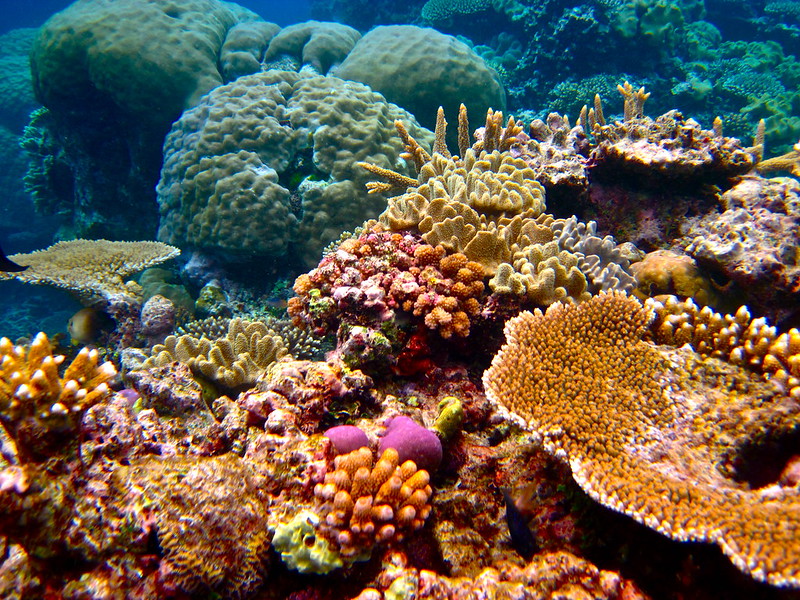
Great Barrier Reef records highest hard coral cover in 36 years – Reef Builders
The Australian Institute of Marine Science has reported a 36-year coral coverage high across the Great Barrier Reef for 2021/22. The greatest coverage increases were reported in the North and Central regions of the GBR, which is in direct contrast as they have also been the regions worst affected by coral bleaching via rising sea temperatures in recent years. In the Southern region, monitoring found that coral coverage decreased slightly, but that was due to other pressures affecting coral, like Crown of Thorns starfish outbreaks. The coral genus most responsible for the increase was Acropora. The recovery is encouraging news as Acropora are also the genus most susceptible to bleaching in previous events. The Great Barrier Reef has experienced four bleaching events since 2016, but the AIMS report found that coral mortality was low during the last one.
Photo: The Great Barrier Reef, Australia (by Kyle Taylor CC BY 2.0 via Flickr).
More Articles . . .
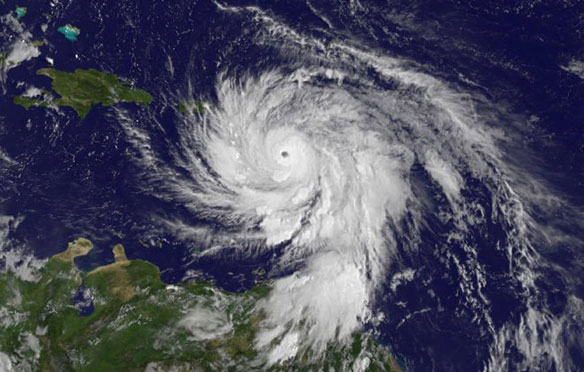
Rebuild or Leave ‘Paradise’: Climate Change Dilemma Facing a Nicaraguan Coastal Town
Two major November hurricanes slammed into the same part of Nicaraguan coast, laying waste to the Miskito village of Haulover. Faced with a future of intensifying storms, the residents must now consider whether to abandon their way of life by the ocean and move inland.
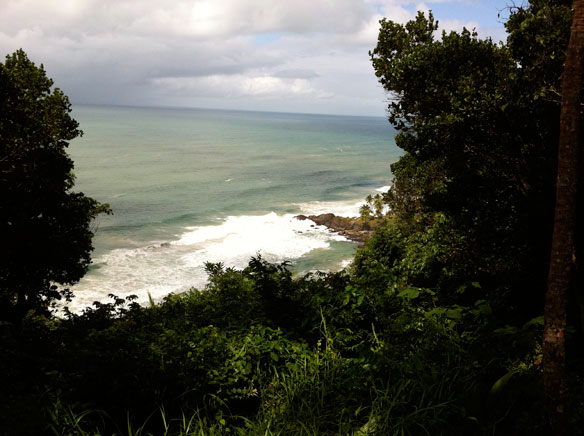
The world’s largest wetlands are on fire. That’s a disaster for all of us
South America’s Pantanal region has been hit by the worst wildfires in decades. The blazes have already consumed about 28% of the vast floodplain that stretches across parts of Brazil, Bolivia and Paraguay. They are still not completely under control.
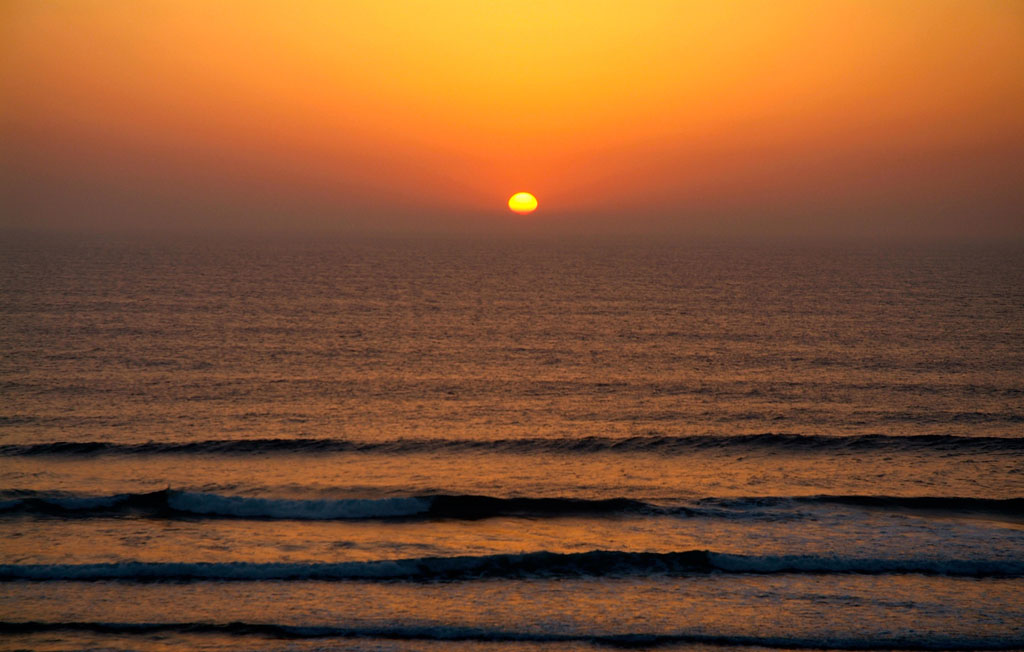
New Atlantic marine sanctuary will be one of world’s largest
The waters around one of the world’s most remote inhabited islands, in the middle of the South Atlantic Ocean, are set to become the fourth largest completely protected marine area in the world, and the largest in the Atlantic.
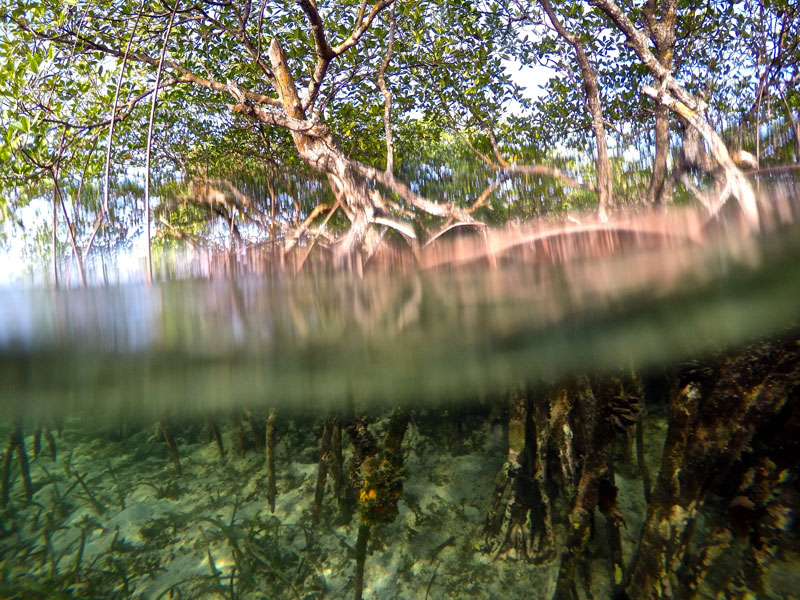
New research identifies ‘triple trouble’ for mangrove coasts
The study found that mangrove forests, their large biodiversity and the coastal protection they provide are under pressure from three distinct threats—sea-level rise, lack of mud and squeezed habitats.
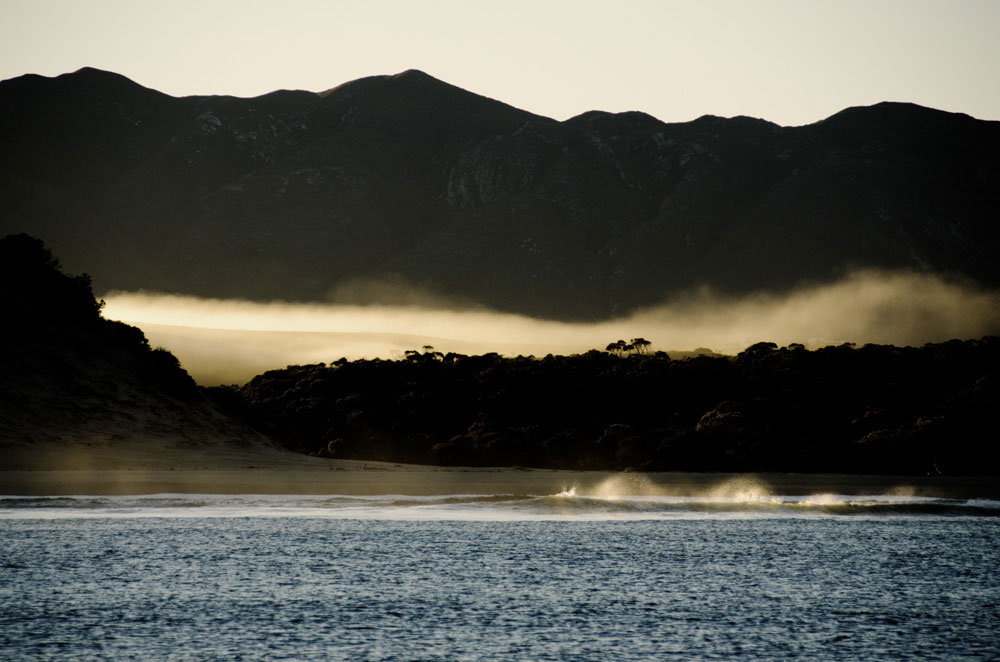
Australia: Rescuers save 100 whales after mass stranding
The pilot whales got stuck in shallow waters on the west coast of Tasmania during the country’s largest-ever recorded stranding. Rescuers were not able to save all 470 of the marine mammals.
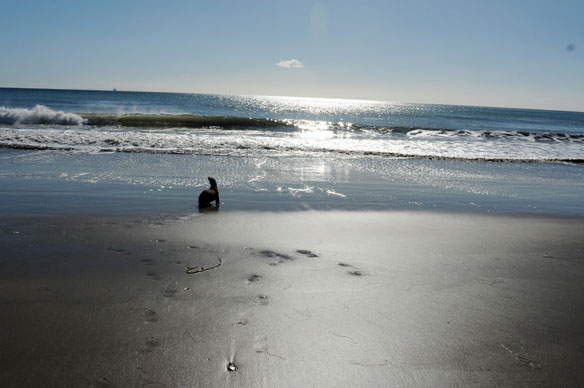
How the waters off Catalina became a DDT dumping ground
Not far from Santa Catalina Island, in an ocean shared by divers and fishermen, kelp forests and whales, David Valentine decoded unusual signals underwater that gave him chills.

Why cracking down on the shark fin trade may be easier than we thought
Many shark fins used in a traditional Asian delicacy come from the coastal waters of just a handful of countries. The finding upends conventional notions—and could make this conservation challenge easier to tackle.
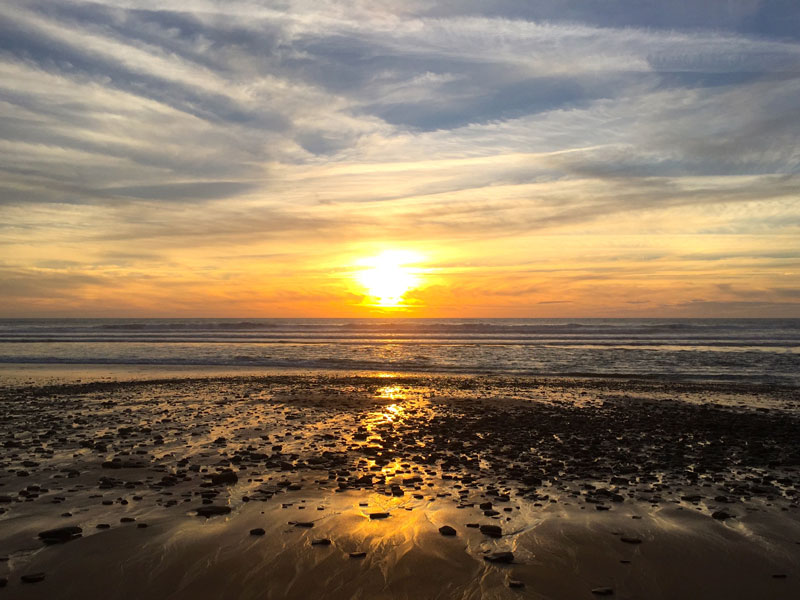
Metal deposits from Chinese coal plants end up in the Pacific Ocean, research shows
Emissions from coal-fired power plants in China are fertilizing the North Pacific Ocean with a metal nutrient important for marine life, according to new findings from a USC-led research team..
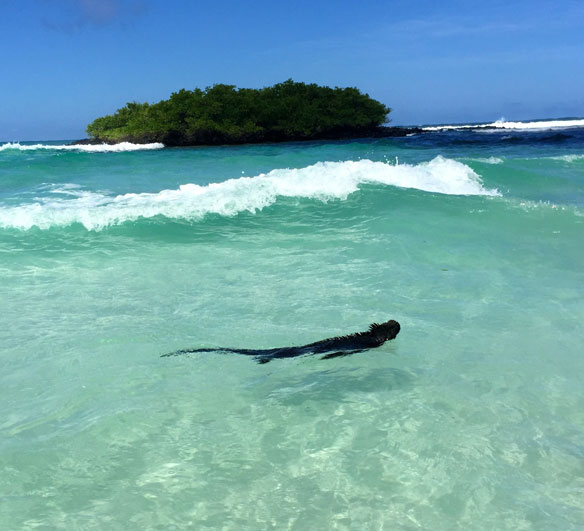
Crisis in the Galapagos: Chinese fishing fleets and COVID-19 threaten a natural wonder
Just south of the Galapagos’ Marchena Island, there’s a dive spot known by locals as the “fish arena.” Earlier this summer, more than 300 Chinese fishing vessels—many designed to hold 1,000 tons of catch—waited at the marine preserve’s border, ready to snatch up sea life.
